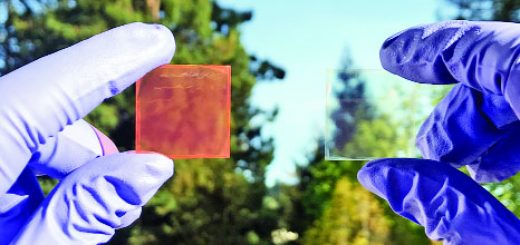Hacking Plants for the Future
A new study finds that changing how a plant uses sunlight could mean more food in the future. Hacking isn’t just for computers and smartphones. According to a study published last week in the journal Science, scientists have found a way to hack a plant’s genes in order to make it use sunlight more quickly. Someday, the results could increase the amount of food produced around the world.
Photosynthesis is the word used to describe how plants use sunlight, water, and carbon dioxide to make their own food. Scientists who conducted the new study say this is a very slow process. Plants use less than 1 percent of the energy available to them. But by hacking a plant’s genes, the scientists were able to increase the amount of leaf growth on plants between 14 and 20 percent.
Grow, Grow, Grow!
Specifically, scientists hacked the plant’s protective system. Normally, this system is activated when a plant gets too much sunlight, said scientist Krishna Niyogi, co-author of the study. When the plant senses the light, it gets rid of extra energy and creates more leaves. When the plant is in shade, the protective system is turned off. But the process is slow.
Stephen Long is the lead author of the study. He compared a plant’s protective system to light-adjusting glasses. When a person wears the glasses outside during the day, the lenses darken and lighten depending on how sunny it is. Plants do the same thing, he said. But in plants the adjustment can take anywhere from 10 minutes to an hour. This makes it hard for plants to get the right amount of sunlight needed to create food.
The new study sped up the process. By changing the plant’s genes, the protective system turned on and off more quickly than normal. As a result, leaf growth on the plants scientists used in the study increased. Leaf growth in two plants increased by 20 percent, while leaf growth on a third plant increased by 14 percent. Scientists conducted the study on tobacco plants. But they think the genetic modifications would produce the same results in staples such as corn and rice.
“Now that we know it works, it won’t be too difficult to do it with other crops,” said Long. “If you look at crops around the world,” he said, “it would [increase yield] many million tons of food.” It will be at least 15 years before scientists can adjust crops on a large scale, Long says. But he believes the study is the first step in that direction.
Agriculture professor Tala Awanda, of the University of Nebraska-Lincoln, said he wasn’t sure the yield would be quite as high, but he said, “this study remains a breakthrough.”
Currently, the world’s population is about 7.3 billion. According to the United Nations, that number is expected to reach 8.5 billion by 2030, increasing the demand for food around the world.















Recent Comments